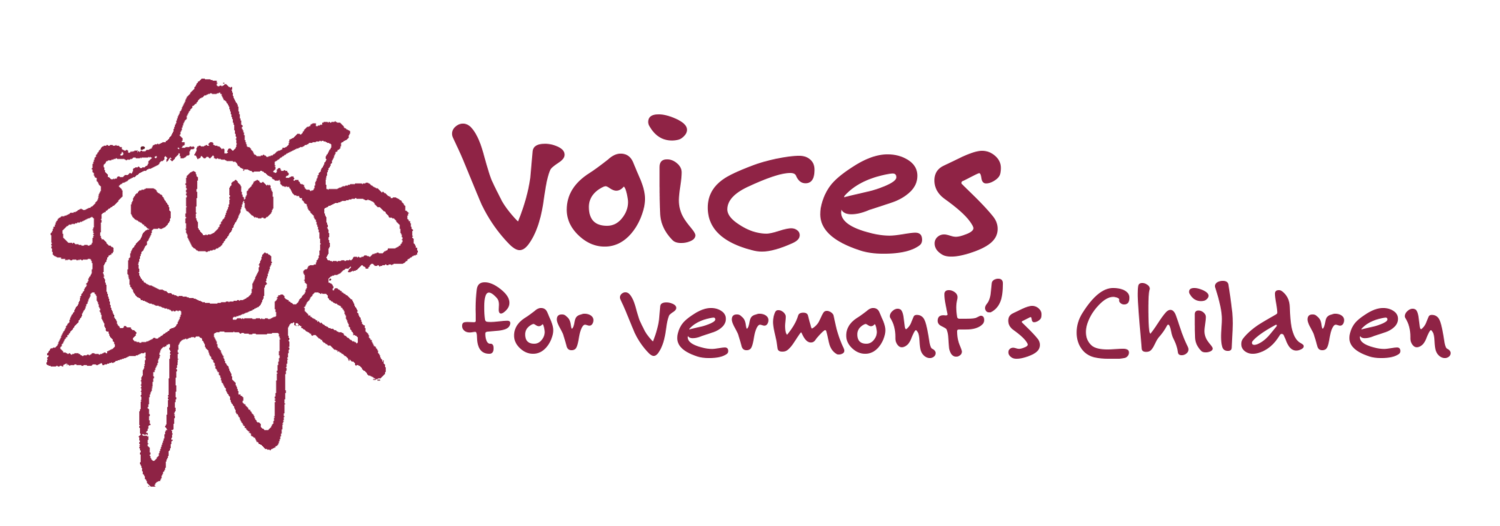Poverty
Poverty undermines children’s healthy development and has lasting effects on children’s physical and social-emotional health. Children growing up in poverty are more likely to experience hunger, anxiety, behavioral problems, depression, and report lower levels of self-esteem and trust.
Children born into poverty are less likely to have received early prenatal care and are more likely to be born with low birth weight. These are factors correlated with worse health outcomes and long-term health complications. Poor and low-income children are at higher risk for undernutrition and malnutrition, which can lead to decreased growth, obesity, and a combination of cognitive, physical, behavioral, and developmental delays. Children growing up in poverty are also at an increased risk for lead poisoning and are more likely to have an increased blood lead level.
Child poverty is an issue of increasing concern in Vermont. In 2012, 15.5 percent of Vermont’s children were living in poverty. This is a 25 percent increase from 2007. The poverty rate for Vermont’s youngest children, those less than six-years-old, is significantly higher, and has risen 28 percent in the same time period. The official poverty threshold for a family of four in 2012 was $23, 283. For a single parent with one child it was $15,825.

